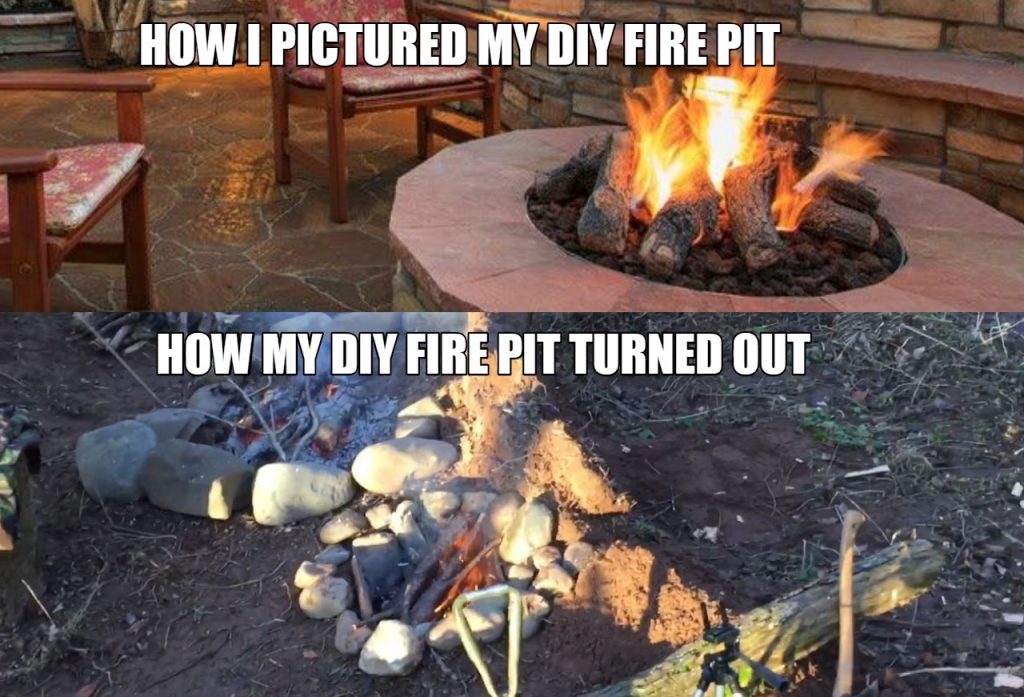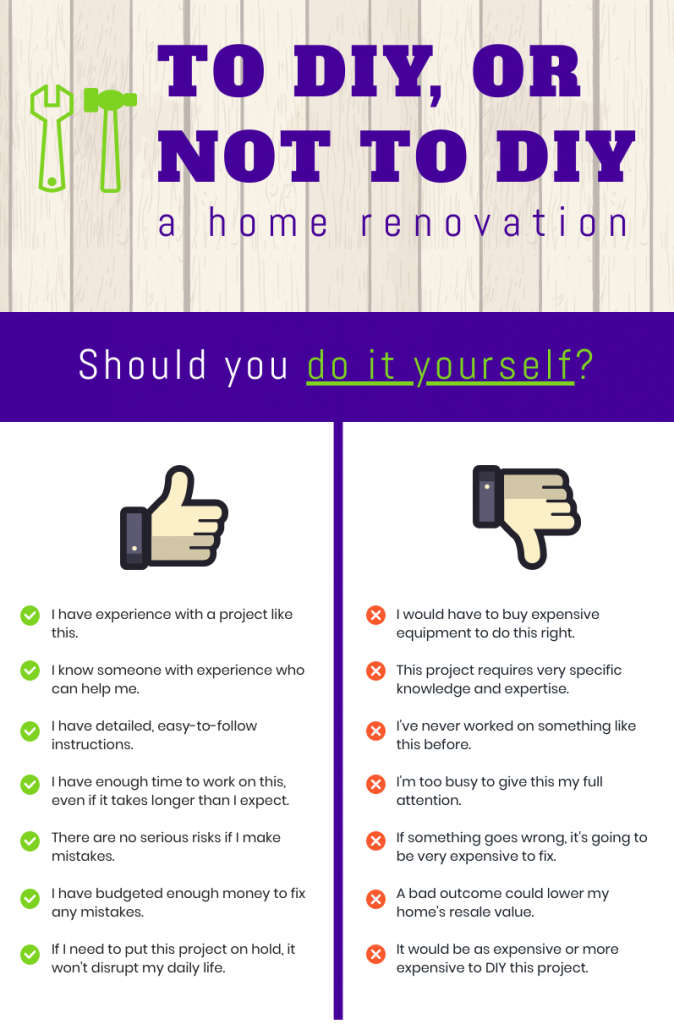
Language
Undefined

Language
Undefined
One of the more compelling innovations in fixed income emerging markets over the last decade is the currency-linked bond issue. This is a debt security which is denominated in one currency but settled in another, usually US dollars. In the emerging or frontier market context, this allows investors to gain exposure to and income from a high yielding currency whilst avoiding the complication of buying that currency itself.
Currency-linked bonds are impactful in development terms because they help to plot a yield curve where government issuance is often sparse. They mobilize foreign investment by tapping into international savings pools, and they support the financing of local currency loans and projects in developing countries.
The beauty of the product is its simplicity. Currency linked bonds are documented principally via a pricing supplement from Global Medium Term Note programs thereby avoiding the need for expansive offering circulars and onerous regulatory filings. Time-to-market is quick with issues mandated, launched, documented and settled within five business days. The bonds are cleared in international central securities depositaries and listed on major stock exchanges. Investors in currency-linked bonds have disparate pedigrees and can include central banks, sovereign wealth funds, insurance companies, pension funds and private banks.
Multilateral development banks (MDBs) are benchmark issuers of currency-linked bonds, since our AAA ratings allow investors to disassociate the currency risk from the credit risk. In some cases, MDBs treat such issues as arbitrage trades, since they don’t need the proceeds in the denomination currency.
For example, when ADB issues bonds in Brazilian real, Mexican peso, Russian rubles or South African rand we simultaneously swap the proceeds into floating rate US dollars with a non-deliverable swap. This is because none of these countries are members of ADB and therefore we have no use for these currencies, although they do provide competitively priced sources of funding. On the other hand, when we issue currency-linked bonds in the currencies of our members we keep those funds for on-lending to development projects. This benefits borrowers by mitigating their currency risk.
Keeping the funds in local currency is not as straightforward as it sounds, since investors pay for their bond purchases in US dollars. To generate the local currency ADB undertakes an FX spot conversion selling dollars for the local currency. Spot FX settles on the second day after trade date (T+2), whereas new issues of bonds settle on the fifth day after trade date (T+5) so there is a mismatch and funding shortfall; we buy the local currency before receiving the money from bond investors. We can do this by dipping into ADB’s prudential liquidity buffers on a temporary basis to cover the three-day gap.
In frontier markets with few options for warehousing the proceeds of bond issues, ADB issues currency-linked bonds on a back-to-back basis with the underlying loan although we may build in an extra day’s cushion before disbursement.
Currency-linked bonds: A powerful tool for emerging markets
In mainstream emerging markets such as India, Indonesia and the Philippines, we can hold the proceeds of our bond issues for significant periods of time until a project is ready for disbursement. We achieve this by investing the proceeds into government bonds of similar duration as an interest rate hedge. Since ADB’s currency-linked bond yields less than the corresponding government security, a positive carry is generated.
There are also opportunities for ADB to deliver broader development impact, by supporting local stock exchanges and working with local counterparties to manage cash and securities. For example, in February 2020, ADB issued a new 10-year, 8.5 billion Indian rupee-linked masala bond, and dual-listed the issue on our normal venue, the Luxembourg Stock Exchange, as well as the Global Securities Market of India International Exchange at Gujarat International Finance Tec-City – International Financial Service Centre.
To date ADB has issued more than $1 billion equivalent of Indian rupee-linked masala bonds with maturities from two to ten years. We have also raised more than $200m equivalent in Philippine peso Boracay bonds and 15-year funding with our second Indonesian rupiah Komodo bond issue. This source of competitively priced funding has provided tangible support for ADB’s private sector operations, with micro-finance, renewable energy and infrastructure projects to the value of more than $716 million funded through currency-linked bonds over the last four years.
There are no limits on the denomination for currency-linked bonds, but investor demand can prove fickle. The pandemic has prompted a wholesale flight to quality and cash from global investors, with emerging markets and frontier markets impacted. But if investors won’t buy ADB’s local currency bonds, fortunately we can turn to alternative financing solutions to limit any fallout on project delivery.
Offshore currency-linked bond markets are helping to make currencies more resilient in developing countries by shepherding foreign investment and encouraging two-way flows. They further spur economic growth and development by complementing domestic capital markets, without crowding the government out of its own funding base.
Philippines, Indonesia, currency, bonds, treasuries, finance, central banks, fiscal management, bond markets, domestic capital marketsJonathan GrosvenorCountries: IndonesiaPhilippinesArticle
Original Source: blogs.adb.org
Somewhere, perhaps in a not-so-far-away land, someone has just had an idea:
I’m going to start a new home improvement project!

From personalizing a new space to remodeling a fixer-upper, owning a home comes with endless opportunities for improvement. Home Advisor’s 2019 State of Home Spending Report revealed homeowners spent, on average, $7,560 on home improvements over the previous year. In fact, for every $1 spent on home maintenance, homeowners are spending an average of $5 on home improvements.
If you’re planning to take on a home improvement project, you have a ton of options to consider and decisions to make. Here are three major questions you should ask yourself before diving in:
1. How will this project impact my home’s resale value?
Sometimes home improvement projects choose you, like replacing a leaky roof or rebuilding a retaining wall. When selecting a project that isn’t a necessary repair, factor in how it will impact your home’s value. Remodeling Magazine found the following projects had the highest return on investment:
10 Highest Value Home Improvement Projects (from highest to lowest)
1. Manufactured stone veneer
2. Garage door installation
3. Minor kitchen remodel
4. Siding replacement
5. Window replacement
6. Deck addition
7. Entry door replacement
8. Roofing replacement
9. Bathroom remodel
10. Major kitchen remodel
If you have the budget for a project but you’re not sure what to tackle next, consider one of the options above. Even if you aren’t looking to sell your home anytime soon, the possible return on investment can help you prioritize.
2. Should I DIY or Hire a Pro?
Once you’ve chosen a project, the next decision is whether to hire a professional or do it yourself (DIY).

Whether it’s driven by a desire to save money, or inspired by plucky home renovation reality stars and endless YouTube videos, DIY is an increasingly common choice. According to the Home Improvement Research Institute in 2018, nearly a quarter of the U.S. population made home improvements in the prior year and only 7% opted to work with a professional.
If you’re not sure DIY is a good idea, start by running through our checklist below.

Don’t DIY if:
It requires you to buy expensive equipment that you probably won’t ever need again. The work is very specialized and you don’t have the proper training or expertise.There are too many things going on around you to focus. A mistake could be really expensive, and could even hurt the value of your home. Doing it yourself costs as much as hiring a pro.
Consider DIY if:
You’ve done a project like this before, and nailed it. You have help from someone with a lot of experience. You’ve found good step-by-step instructions from a reliable source. You can give this plenty of time, and delays aren’t a big concern. You’ve set aside extra money if something needs to be done again.
3. Am I prepared to do this safely?
Safety should be your highest priority during a home renovation, so decide ahead of time what precautions are needed to keep you and your home secure. If you’re doing the work yourself, preparation is key. Make sure you have all the safety gear you need, including protective eye gear, dust masks, ear plugs, and a first aid kit.
If you’re hiring a professional, vet them ahead of time. Any good contractor will be happy to discuss their credentials, provide references, and give you their insurance information.
Once the ball is rolling, a home security system can help you monitor the situation remotely — leaving you free to accomplish other tasks. If you’re at your home while contractors are working, video cameras let you see their progress from your smartphone without awkward check-ins.
Have a work crew arriving at your house while you’re out? No need to cancel your plans. With a smart lock, you can assign temporary codes to allow contractors into your home, and even track when they come and go.
Managing Home Renovations with a Security System
If you have a security system, be cautious when undertaking home improvement projects in areas where you have home security devices placed — for example, monitored doors or windows.
Here are some steps Guardian customers should take to prevent service interruptions:
1. Call 1.800.PROTECT (1.800.776.8328) before beginning any project that might affect your security equipment.
2. If any devices need to be moved, schedule a Guardian technician to handle it for you.
3. If you attempt to move equipment yourself, test your system before and after.*
*Remember: Guardian cannot ensure that your system is working if you change or move installed devices on your own. If you have questions or concerns, call: 1.800.PROTECT (1.800.776.8328).
The post Don’t Start That Home Renovation Until You Ask Yourself These 3 Questions appeared first on Guardian Protection Website.
Original Source: guardianprotection.com